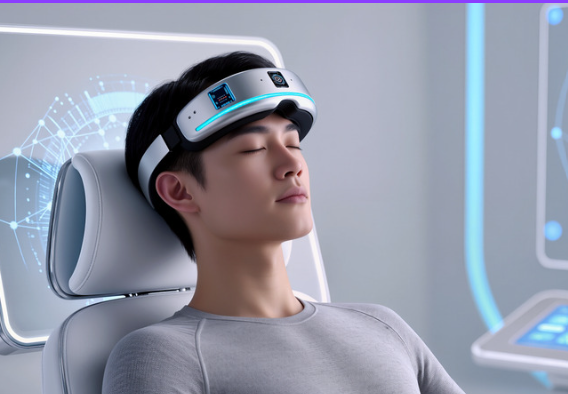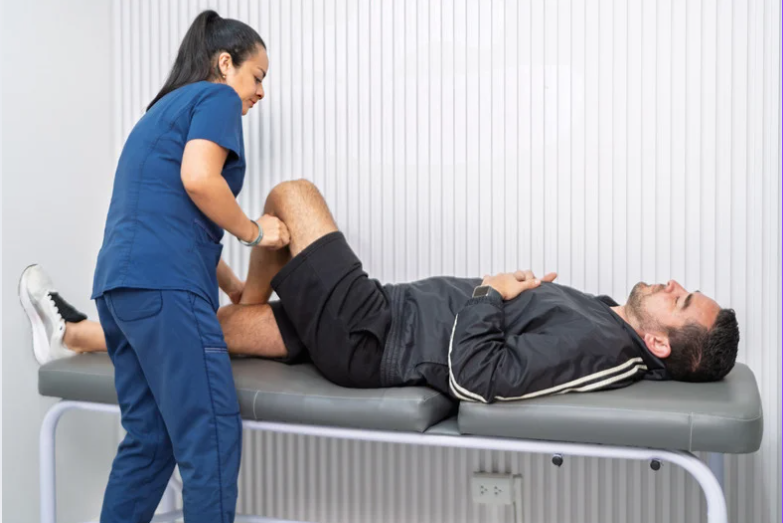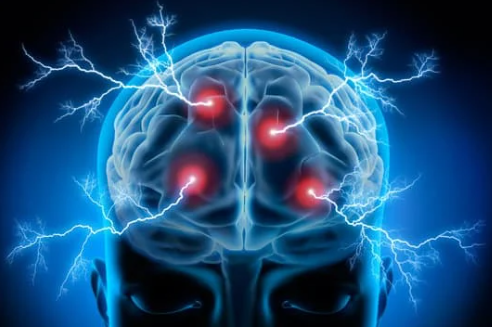AI in Pain Assessment: A New Lens on Chronic Pain
Pain is deeply personal — and often hard to communicate. Emerging AI technologies are changing that, offering more objective ways to assess pain through facial expressions, physiological data, and real-time tracking. In this article, we explore how AI is helping bridge the communication gap, especially for non-verbal or vulnerable patients, and what this means for the future of personalised, data-driven pain care.
AI in Pain Assessment: A New Lens on Chronic Pain Read More »










